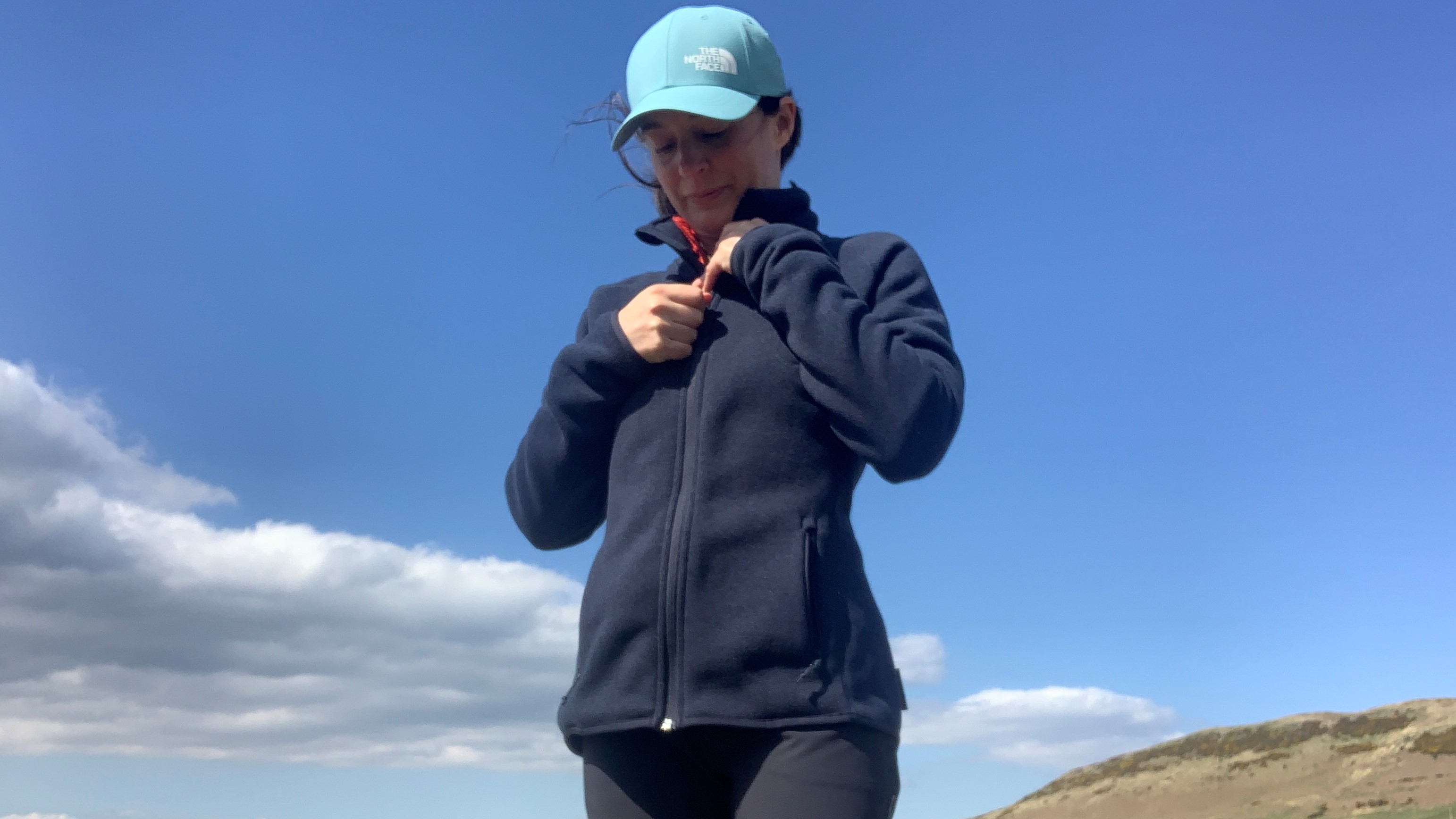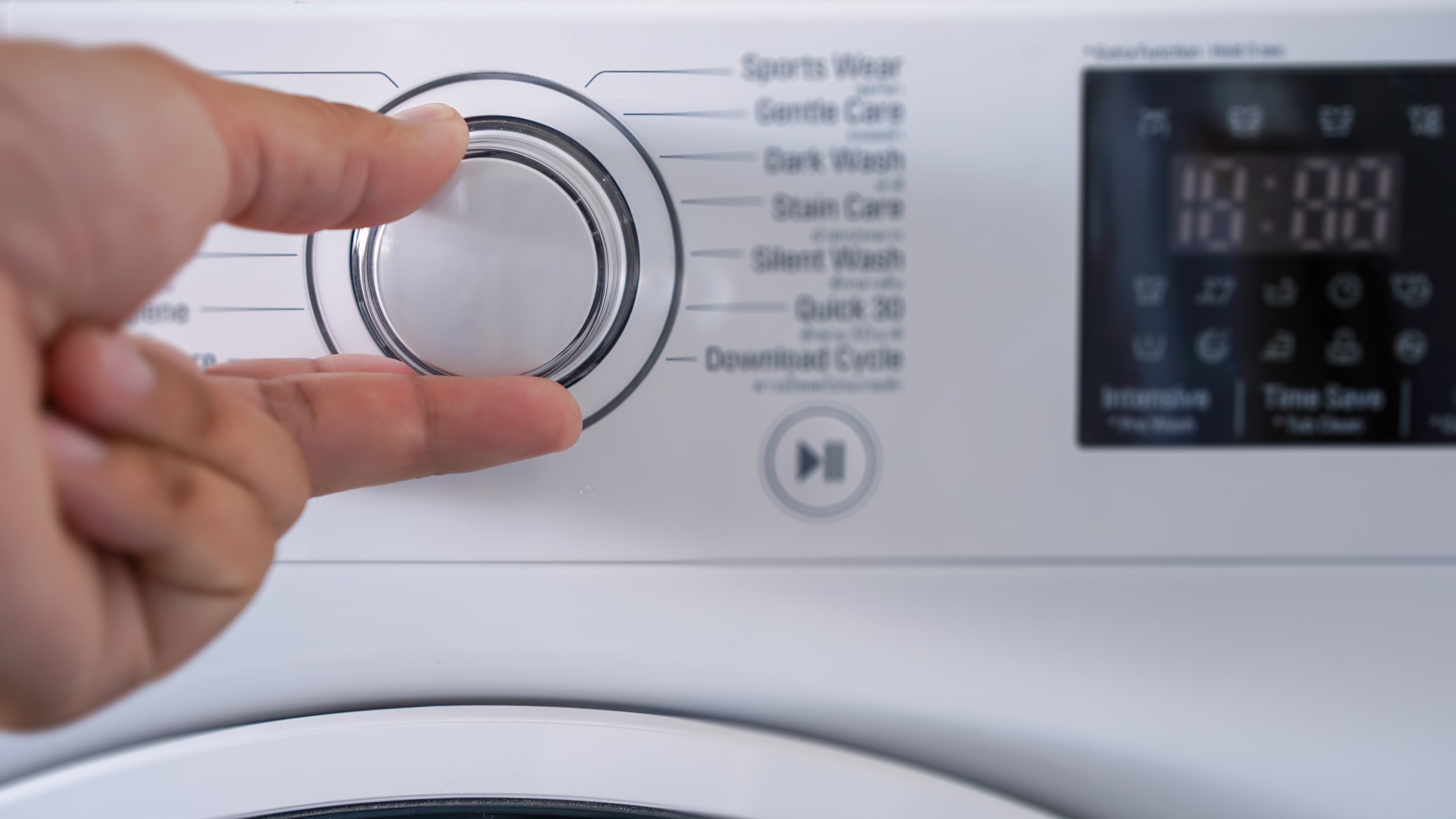How to wash a fleece jacket without ruining it
A step-by-step guide to sprucing up your favorite cozy layer without damaging the fabric

When the weather starts to cool off, there are few things better than wrapping up in a brand new fleece jacket and enjoying its soft, cozy warmth as you tramp through the autumn leaves. That’s why it’s especially sad when you pull it out of the washing machine for the first time and discover it’s all pilled and not nearly as soft as you remember.
Compared to down jackets, as an insulating layer, fleece is great for the outdoors because in general it’s so hard wearing. If you’re hiking through dense, prickly undergrowth or your backpack straps are rubbing on a long backpacking trip, it will usually hold up pretty well. But being made from synthetic material, it can get stinky with use and when it comes time to plunge it into a whirlpool of hot water and freshen it up, it can show signs of wear and tear that may affect its performance in the wild.

How to wash a fleece jacket without ruining it
We’ve no doubt you bought your fleece jacket hoping it was going to provide some low maintenance warmth on chilly adventures, and the good news is that it’s actually quite easy to wash it without ruining it. Read on for our simple step-by-step guide to sprucing up your favorite layer without damaging the fabric.
1. Spot clean it
With so much focus on taking care of the planet these days, spot cleaning is something you might already have heard about – and are hopefully applying – to lots of garments in your wardrobe. Your fleece should be no different.
If there’s a stain on the front of your fleece from that last backpacking meal you ate, start by running that area under a lukewarm tap then gently rubbing a little gentle dish soap onto the stain to loosen it. If that’s all the cleaning your fleece needs right now, you can rinse off the soap and call it good. If the entire jacket needs a proper wash, you can leave the soap on when you put it in the machine.

2. Check the label
This is another thing that you already should be doing, but it’s easy to forget with everything else you have going on. Each fleece may have slightly different care instructions, so it’s good to check yours before you wash it. Some will be hand wash only, and if your machine has a hand wash cycle you can use that, but that’s unusual. Typically, your fleece will be best washed at a lower temperature (30°) and on a gentler cycle.
3. Prepare your fleece
Before placing your fleece in the machine, make sure you empty the pockets, secure all zippers, poppers and straps, then turn it inside out before washing it.
All the latest inspiration, tips and guides to help you plan your next Advnture!
4. Wash your fleece
Wash your fleece by itself, or with other fleece items that can be washed on the same cycle, on the temperature advised on the label. Use gentle detergent and skip the fabric conditioner, as this can affect your fleece’s breathability, which is no good when you want to go hiking in it. Make sure to set it on a low ( 600 - 800) spin as a high spin can weaken the fabric.

5. Dry your fleece
When you take your fleece out of the washing machine, you’ll notice that it’s already nearly dry and it won’t take much time to dry it completely, but don’t just bung it in the tumble dryer as this also weakens the fabric. Line dry it, either indoors or outdoors, and don’t be tempted to place it over a heater to hurry things along. Pretty soon it will be dry and ready for your next adventure.
Julia Clarke is a staff writer for Advnture.com and the author of the book Restorative Yoga for Beginners. She loves to explore mountains on foot, bike, skis and belay and then recover on the the yoga mat. Julia graduated with a degree in journalism in 2004 and spent eight years working as a radio presenter in Kansas City, Vermont, Boston and New York City before discovering the joys of the Rocky Mountains. She then detoured west to Colorado and enjoyed 11 years teaching yoga in Vail before returning to her hometown of Glasgow, Scotland in 2020 to focus on family and writing.

